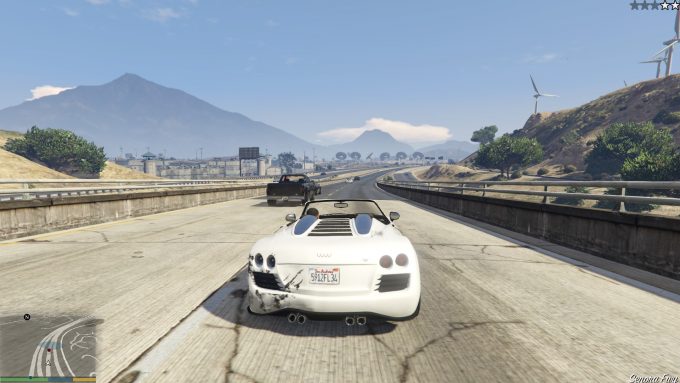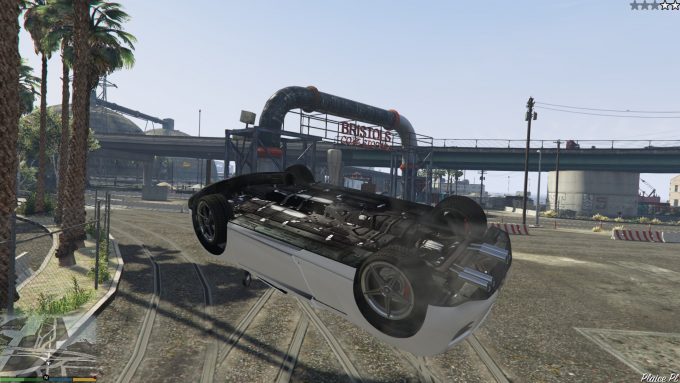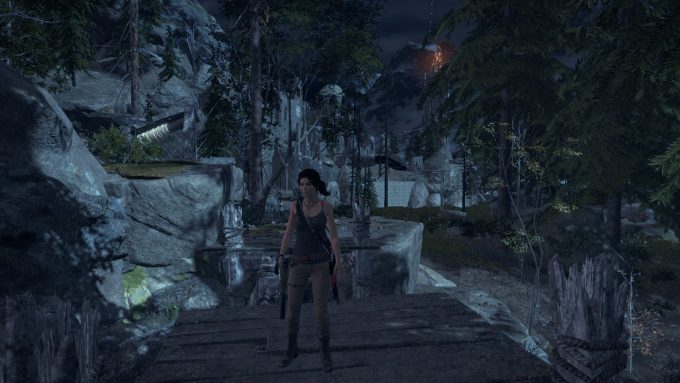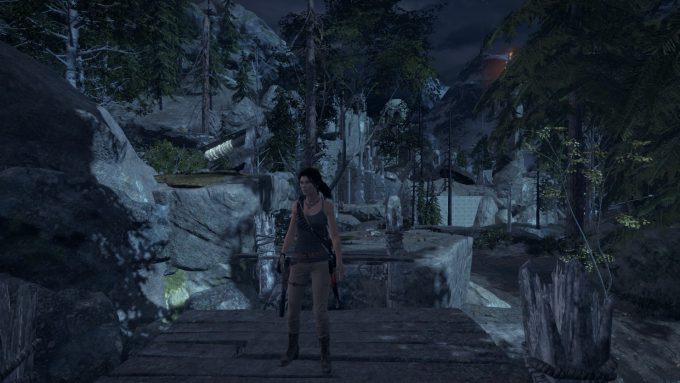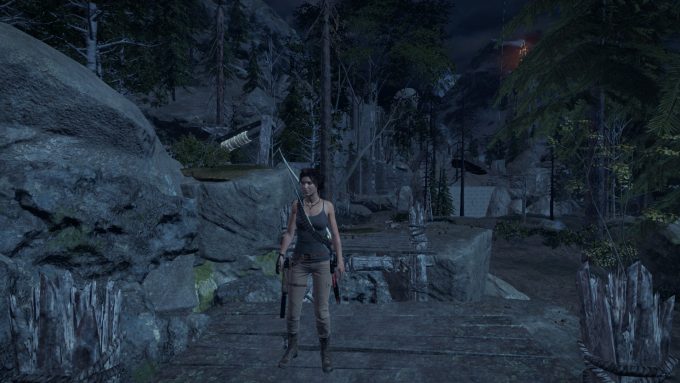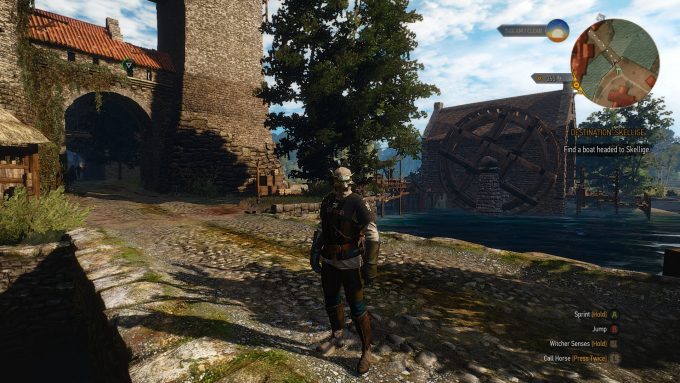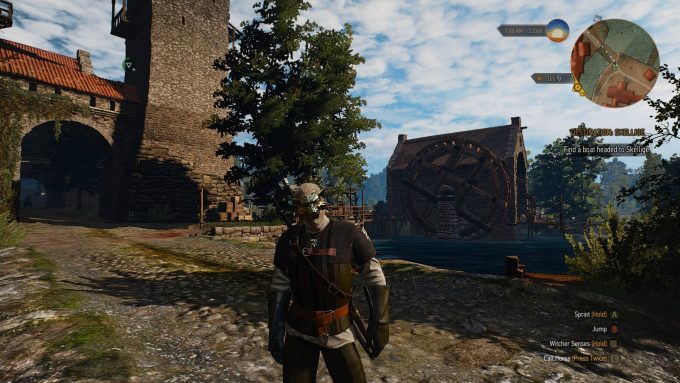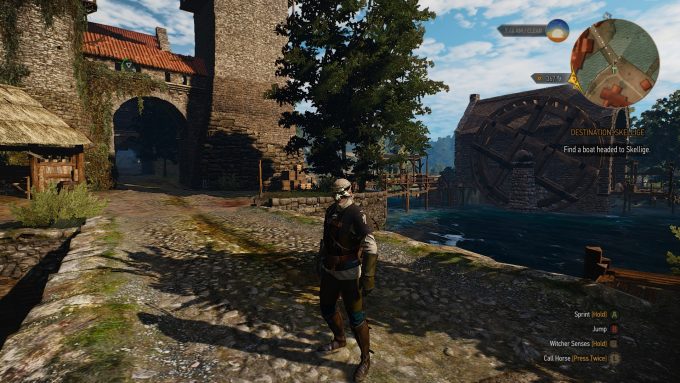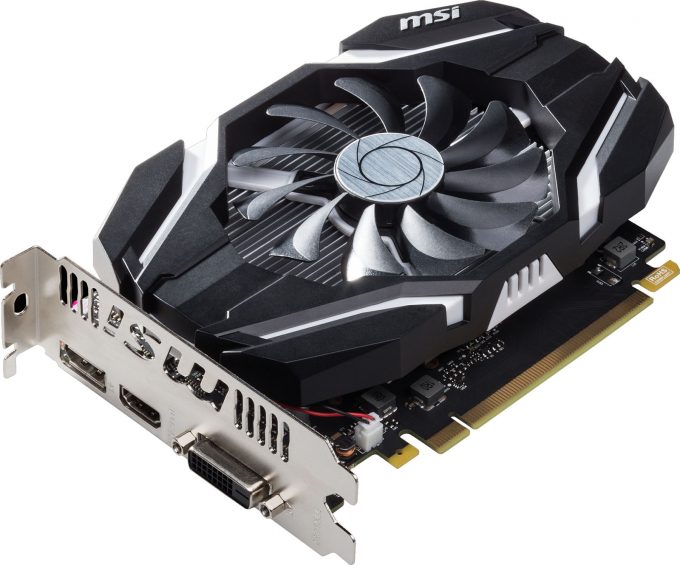- Qualcomm Launches Snapdragon 4 Gen 2 Mobile Platform
- AMD Launches Ryzen PRO 7000 Series Mobile & Desktop Platform
- Intel Launches Sleek Single-Slot Arc Pro A60 Workstation Graphics Card
- NVIDIA Announces Latest Ada Lovelace Additions: GeForce RTX 4060 Ti & RTX 4060
- Maxon Redshift With AMD Radeon GPU Rendering Support Now Available
$100-$150 Best Playable Roundup: AMD’s RX 460 & NVIDIA’s GTX 1050 / 1050 Ti

After hitting NVIDIA’s newest GPUs – GTX 1050 Ti and GTX 1050 – with our gauntlet of gaming tests, we found that both are solid options for 1080p gaming. With this article, we will reaffirm that with custom-tuned tests to find out what’s “Best Playable”. We even tossed in some fresh tests of AMD’s RX 460 for good measure!
Page 2 – GTA V, Rise of the Tomb Raider, The Witcher 3 & Final Thoughts
Grand Theft Auto V
GTA V might not have the most realistic graphics around (or gameplay, for that matter), but it sure does offer a plethora of graphics options to tweak. Really – it’s hard to imagine a game that beats it. A good thing, where benchmarking is concerned!
NVIDIA’s GTX 1050 Ti handled GTA V so well at 1080p, that we almost want to call it “ideal”. Our testing revealed not just average performance of 60 FPS, but a minimum FPS of 50 – we’re talking great performance all-around. The GTX 1050 faired quite well, too, with a disabling of AO and DoF being the notable changes.
In our GTX 1050 launch article, we didn’t include GTA V performance for the RX 460 due to the simple fact that the game would hard-lock our entire system, requiring a reset. That doesn’t mean that the card won’t run the game, though; rather, it means that it won’t even open the game properly if the settings are sky-high.
After reducing a slew of the settings from Very High to High, the game played very well on the RX 460, even matching the minimum FPS of the GTX 1050 Ti. Granted, its graphics were not as pretty, but as you can see above, the result still looks good.
Rise of the Tomb Raider
“But can it run RotTR?” That’s the question we should all be asking nowadays, as this game is simply brutal on GPU performance. We knew diving into this one, a lot of tweaking would have to be done, and we weren’t disappointed. This game is as strenuous on a system as it is gorgeous.
RotTR is one of those titles where 60 FPS performance shouldn’t be expected when dealing with lower-end GPUs. Of the six games tested here, it’s the most hardcore, and the only one (that we’ve noticed in our testing) to easily exceed a 2GB framebuffer. We couldn’t even hit a clean 60 FPS on the GTX 1050 Ti, although it is possible if you’re willing to decrease the detail even further (we didn’t because we found the compromise between performance and detail to be worth it).
So if the GTX 1050 Ti struggled with this game, what does it mean for the GTX 1050 and RX 460? It means those cards were a pure pain to test with. Both cards settled on similar settings, but the GTX 1050 managed a 7 FPS gain on average, and had shadows enabled – something noticeably missing in the RX 460 screenshot.
The Witcher 3: Wild Hunt
Whereas RotTR is both gorgeous and stupidly demanding on a system, Wild Hunt manages to look the part without making GPUs want to cut their own life short. That’s a great thing where lower-end GPUs are concerned, since it means hitting that elusive blend of 60 FPS and good detail isn’t that hard to achieve.
Across all three of the tested GPUs, AO and AA were disabled to help increase the limits for the other, more important settings. The GTX 1050 Ti did a good job of strutting its stuff at the top, and the GTX 1050 didn’t fall far behind. The biggest difference is that the GTX 1050 had its Grass, Foliage, and Shadow detail dropped a notch.
The RX 460 took what the GTX 1050 achieved and had to see a number of settings dropped further, but still retained Ultra detail level. Sadly, we didn’t quite hit 60 FPS with that one, but once again, if you want to hit 60 FPS guaranteed, some of the other settings can be dropped further. For us, there’s a point when detail matters as much as the framerate, especially in a game as beautiful as this one.
Final Thoughts
Given what we saw from the results in our GTX 1050 launch article, there was no question about how these three GPUs would be ranked after being hit with a barrage of real-world tests. The top-dog – and it almost feels weird to say that for a $140 GPU – is NVIDIA’s GeForce GTX 1050 Ti. Even if the performance is close in some title between it and the GTX 1050, I’d wager that any remotely serious gamer should consider the card with the 4GB framebuffer. Games like RotTR prove that 2GB is just not enough in 2016 for all games – even at a modest resolution.
The non-Ti GTX 1050 proved to be a solid contender, as well, with its capabilities being quite good for a card that costs a mere $109. We still feel that the Ti model is a better choice, despite its higher cost, but if in a real pinch, or you’re not concerned with the odd occasion where 2GB of VRAM doesn’t prove ideal, it’s a worthwhile option.
AMD’s RX 460, on the other hand, is a GPU we’d recommend only if you are able to get a sweet deal on it. As covered before, AMD dropped that card’s price down to $99, but that’s just $10 less than another card (GTX 1050) that performs much better.
While the RX 460 is hard to recommend even at its new SRP, it’s important to note that GPU pricing is all over the place – to a frustrating degree. While we’re given one SRP, it’s become almost unimportant, as you’ll probably have a better chance of finding an extinct Dodo than one of these cards at its SRP. So, if the RX 460 isn’t worth $99, it could be worth a bit less than that – if a deal can be found.
That’s also true for the card right above the GTX 1050 Ti: AMD’s Radeon RX 470. The red team recently dropped that card in price, as well, although it’s still being priced higher than we’d expect. If you can find that card for a reasonable premium over the GTX 1050 Ti, it’d be worth considering, as it’s to the GTX 1050 Ti as the GTX 1050 Ti is to the RX 460. But, we’re talking $180 at minimum with the RX 470, which is still $40 beyond the GTX 1050 Ti’s SRP.
When all said and done, whichever of these cards you end up picking up should suit you very well. You just need to know what to expect when diving in.
Support our efforts! With ad revenue at an all-time low for written websites, we're relying more than ever on reader support to help us continue putting so much effort into this type of content. You can support us by becoming a Patron, or by using our Amazon shopping affiliate links listed through our articles. Thanks for your support!





